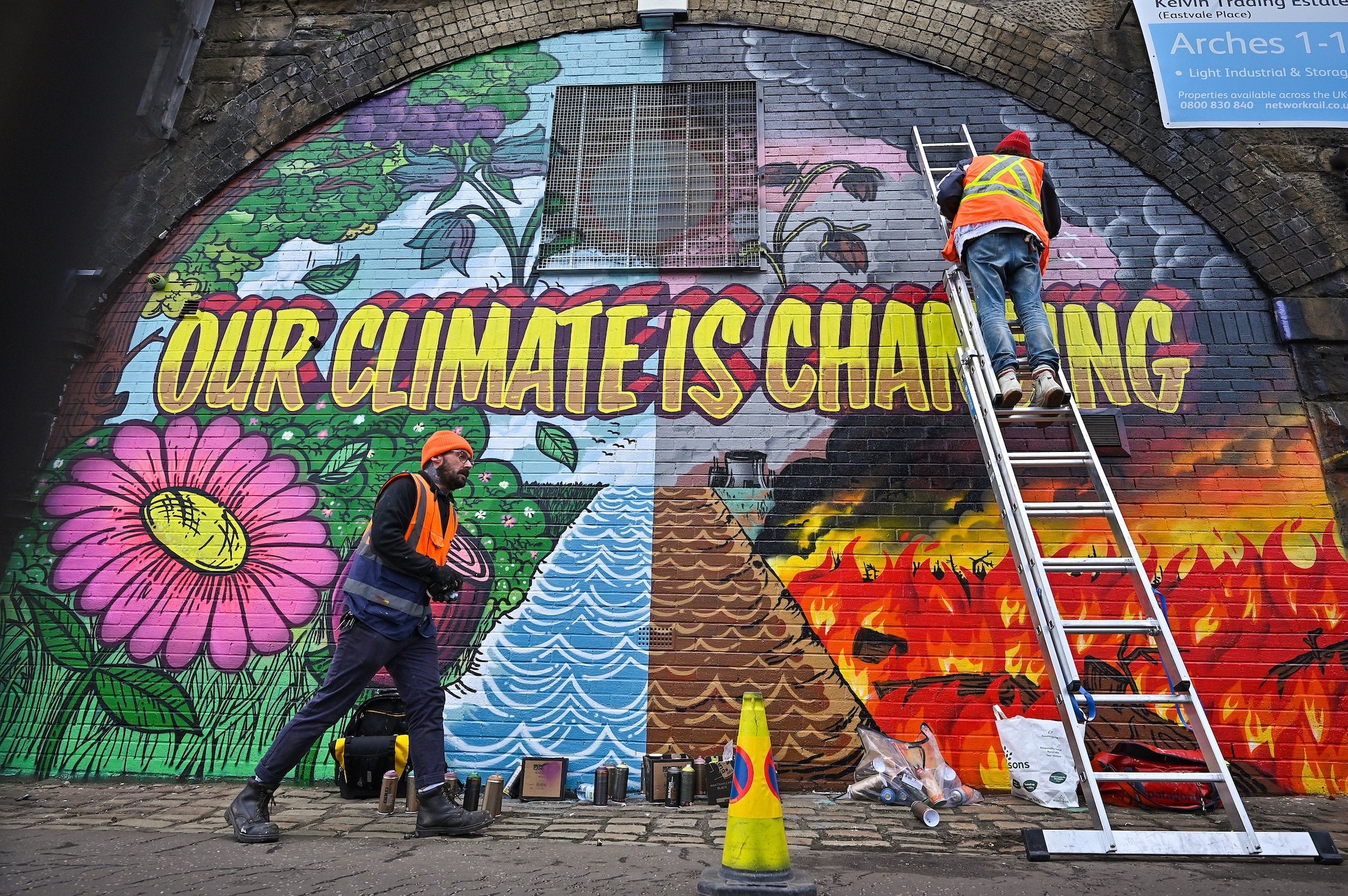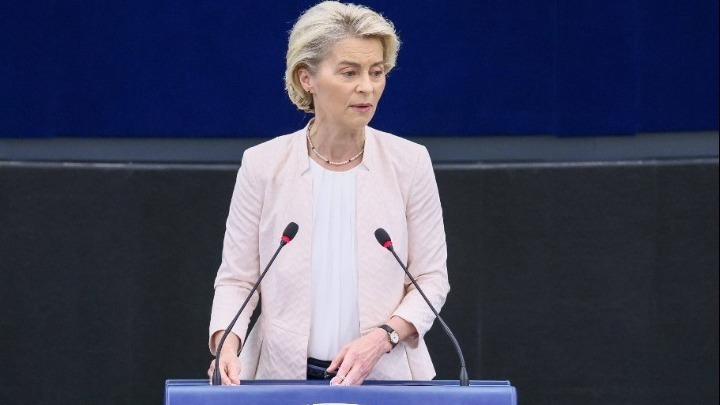What is COP26 and why does it matter for Australia?


What is COP26?
It’s a summit bringing together world leaders, scientists, activists and business leaders in an effort to curb global warming (and in the process, save the planet).
COP stands for the ‘Conference of the Parties’ under the United Nations Framework Convention on Climate Change.
The parties usually meet every year. This is the 26 time since the first COP meeting in 1995 in Berlin; the Glasgow summit was delayed by a year because of the COVID-19 pandemic.
What are countries being asked to do?
The 2015 Paris Agreement saw signatories commit to keeping global temperature increases to “well below” 2C above pre-industrial levels, preferably to 1.5C.
To succeed in that challenge, countries agreed to set their own emissions reduction targets, known as nationally determined contributions (NDCs). You’ll hear NDCs mentioned a lot over the next couple of weeks.
The problem is that the existing NDCs for most countries are nowhere near tough enough.
The United Nations estimates that under the current pledges by Paris Agreement signatories, there will be a 16 per cent increase in emissions by 2030, compared with 2010 levels.
Climate experts say the world should be aiming for at least a 45 per cent reduction in that period.
So, COP26 is an opportunity for world leaders to submit updated targets that will help achieve the goals set out in Paris.
Who is attending?
World leaders, environmental campaigners (probably Greta Thunberg), business leaders and thousands of diplomats and climate scientists. An estimated 25,000 people in total.
But much of the focus in the lead up to COP26 has been on who is not attending.
Brazilian President Jair Bolsonaro will not be there, nor will Vladimir Putin. The Kremlin insists the Russian president takes climate change seriously and he will participate virtually.
Organisers are still waiting on a final decision from Chinese President Xi Jinping, who has not travelled abroad since the COVID-19 pandemic began.
China is responsible for 27 per cent of global greenhouse gas emissions, meaning its participation is vital.
But some China analysts believe Mr Xi’s physical presence isn’t needed for progress to be made.
“Xi Jinping didn’t travel for the two previous UN General Assemblies in which he made major announcements about China’s climate goals, so I don’t know that it means anything,” said Lauri Myllyvirta of the Centre for Research on Energy and Clean Air.
“What really matters is whether China’s going to continue increasing its emissions until later this decade, as the current pledges allow, or whether we see some more commitments to curb emissions rise during this decade.”
Last year, China committed to reaching net zero emissions by 2060, but new coal plants are still being built to meet its enormous energy needs.
What about Australia?
When Prince Charles was told Prime Minister Scott Morrison wasn’t sure he’d be able to make it to Glasgow, he was taken aback.
“Is that what he says, does he? Mmm…” mused the heir to the throne in a BBC interview.
Eventually, the Mr Morrison confirmed he would attend, even if negotiations with his Nationals coalition partners over a commitment to net zero emissions by 2050 were still underway.
He’s likely to face pressure from UK Prime Minister Boris Johnson and US President Joe Biden to set a concrete emissions reduction target for 2030.
“We have to reduce emissions very substantially this decade to have a chance of meeting the Paris climate goals,” said Professor Lesley Hughes of the Climate Council.
“We’re now a week from what is probably the most important climate meeting of our lifetime and Australia is still scrambling to come up with some sort of policy.”
Mr Morrison is unlikely to agree to a formal increase of Australia’s 2030 target and will instead trumpet overachievement on the current goals.
What are the sticking points?
Many countries aren’t keen to do their assigned homework; that is, they don’t want to update their existing climate goals.
Among those yet to update their emissions reduction targets are big polluters including China and India.
“We need all of the countries to put their pledges on the table, to make sure we’re halving global emissions in the next eight years really, which is not long at all,” said Kate Blagojevic from Greenpeace UK.
“On top of that, there should be detailed plans of action as to how every country’s going to actually meet their targets. If they contain huge loopholes that all countries and corporations to keep offsetting, then we will be incredibly worried the targets will not be met.”
There will also be some arguments over climate financing.
Twelve years ago, wealthy nations agreed to raise $100 billion a year to help developing nations curb emissions and deal with the effects of global warming.
But that target has never been met and talks are needed to decide who’ll cover the shortfall.
What would be a ‘good’ outcome for the planet?
That depends on who you ask.
British Prime Minister Boris Johnson, the summit host, says he wants to see progress on “coal, cars, cash and trees”.
That’s eliminating coal power, encouraging the transition to electric vehicles, finally meeting the climate financing pledge and ending deforestation.
But the most important outcome will be the climate targets set by individual countries; those NDCs.
“Some success is built-in; there will be revised NDCs, so at the very minimum level there will be an improvement on the Paris climate deal,” said Professor Martin Siegert of London’s Grantham Institute.
“But will it be sufficient to guarantee temperatures are held to below 2C and preferably 1.5C? Unless something remarkable happens, I’m not sure that’s possible.”
Source: sbs.com.au




